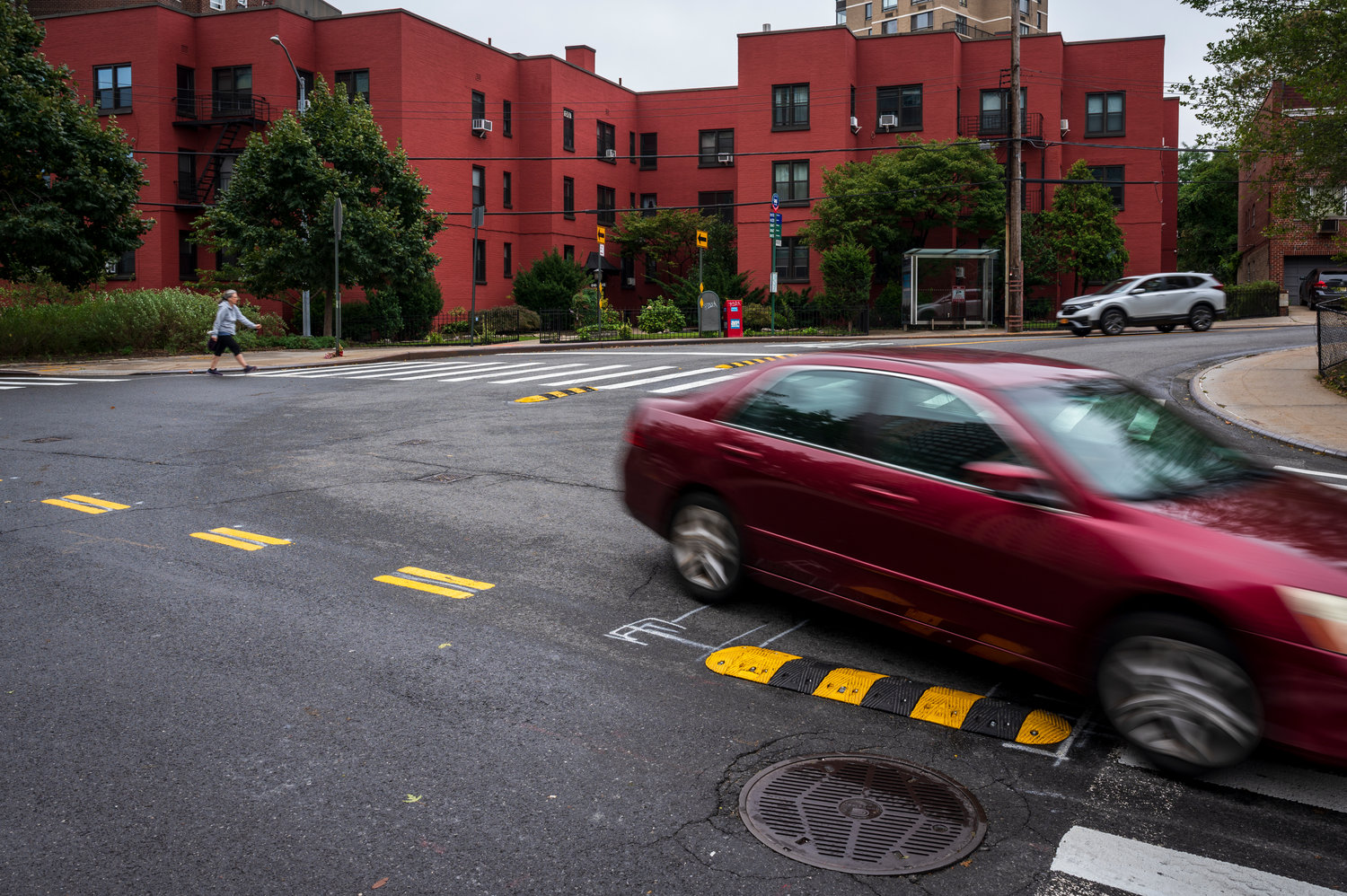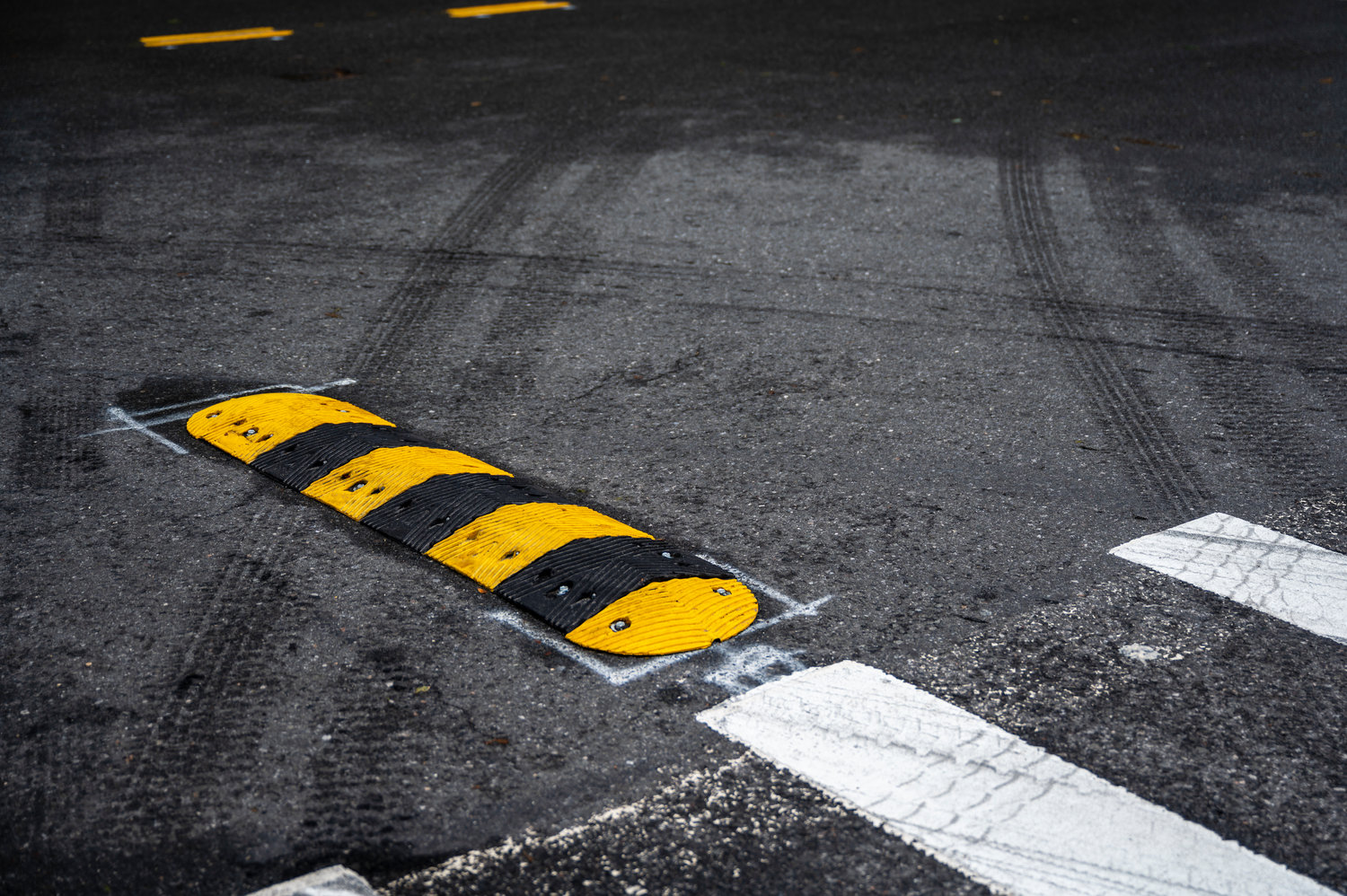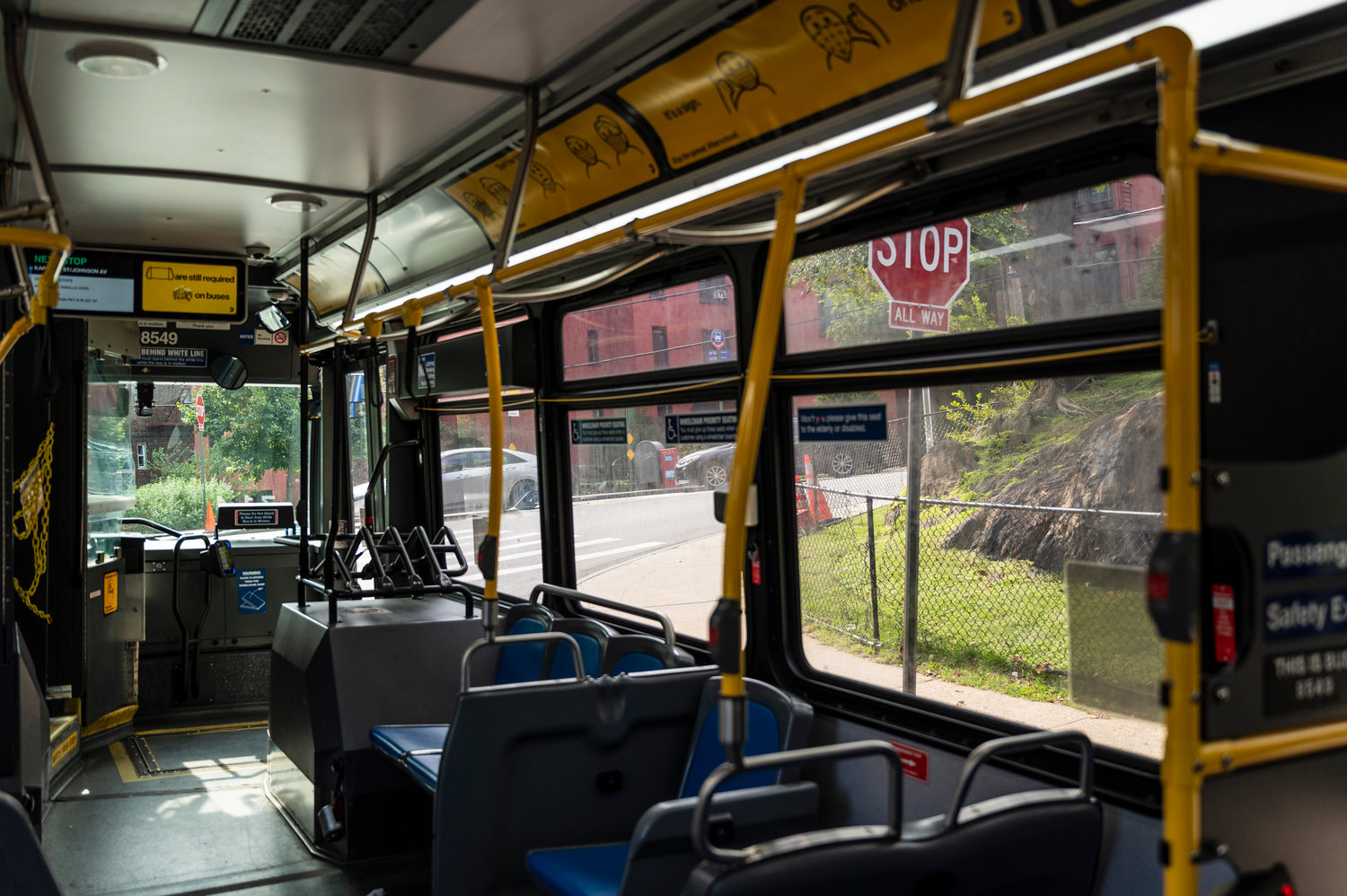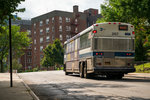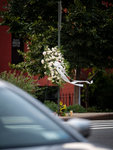DOT moves quickly to fix fatal intersection
Transit department adds safety measures at Kappock, Johnson after Mullen death
It seems rare city agencies quickly respond to community demands. But so far, changes like what’s happening where Kappock Street and Johnson Avenue intersect in Spuyten Duyvil are the rare exception to that rule.
The city’s transportation department began initial upgrades to the perilous crossing earlier this month. Its work comes a few weeks after community activist Ruth Mullen was struck and killed by a Metropolitan Transportation Authority express bus driver while walking across Johnson, police said. She lived at the Winston Churchill, right next to the intersection.
Mullen, 68, was known broadly for her decades of work in the publishing and film industries. She was also known more locally for her dedication to community issues — like installing a traffic light at the very intersection that ultimately took her life.
Neighbors blame the area’s topography for why the intersection is especially dangerous. Kappock is on a hill, so any cars coming down that street into the intersection must hang a sharp left, virtually blocking any views of pedestrians until almost the last second. While Assemblyman Jeffrey Dinowitz pushed for more stop signs at the intersection some years ago, many say cars tend to roll right through them.
Sadly, it seems more extraordinary action to calm the intersection was going to take a tragedy — one that ultimately claimed Mullen from her family and friends. But even if it is happening far later than it should have, Deb Travis — chair of Community Board 8’s traffic and transportation committee — says she’s impressed DOT has already started work.
“We want it to be safe for people to cross the street,” Travis said. “So, I really appreciate that they’re moving quickly and coming up with different treatments and ideas to make the intersection safer.”
The Assemblyman’s son, Councilman Eric Dinowitz, told the CB8 committee at a recent meeting he, too, was happy to see DOT’s quick response.
In fact, when he made the trek down to see the street work in progress, Dinowitz was granted a bird’s eye view.
“In a true New York moment, some guy who was on his terrace screamed out at me and said, ‘Hey, come on up,’” Dinowitz said. “So, I went up to some stranger’s apartment, and I was able to see the traffic improvements from his terrace.”
Keith Kalb, the borough’s deputy transportation commissioner, described part of the improvements as “left-turn calming measures” — basically miniature speed bumps intended to guide and slow traffic. While these measures are welcome, Dinowitz believes DOT could make them more effective by adding plastic bollards — brightly lit polls that tell cars which direction to move in.
Additionally, DOT repainted the crosswalks and yellow traffic lines as a way to increase visibility, Kalb said.
There are still a few enhancements left, however.
For instance, DOT will relocate a nearby streetlight with the hope it gives drivers a better view of pedestrians crossing the street. There are also plans to replace the sidewalk head ramps at the intersection to make them compliant with the Americans with Disabilities Act. And DOT says it’s committed to working with the MTA to ensure its bus drivers are better trained.
Most importantly, Kalb said, DOT is studying whether the intersection could support a traffic light.
Craig Sachs, who lives in Spuyten Duyvil, told the transportation committee he supports DOT’s efforts, but hoped the agency would consider adding a pedestrian-activated traffic signal. When a pedestrian looks to cross the street, they can press a button that changes the light to red, immediately bringing cars to a stop.
Such a concept wouldn’t work here, however, Kalb said.
“We don’t generally have intersections where all vehicles stop and only pedestrians move,” he said.
Instead, the city has what are called “leading pedestrian intervals,” which makes all cars stop, giving pedestrians a head start to move in advance of the cars.
Another issue raised was enforcement. Sue Dodell — a member of the newly renamed Ruth Mullen Riverdale Huddle — said the lack of a New York Police Department presence is one of the crossing’s main problems.
“My understanding is that people go through the stop signs all the time at that intersection,” Dodell said. “Obviously if we — even for a short amount of time — had some enforcement there, perhaps that would discourage people from going down the hill quickly.”
Unfortunately, the manpower from the 50th Precinct to monitor that intersection just isn’t available, said Ed Green, CB8’s public safety committee chair.
But what about the bus driver involved in the Mullen incident? Assemblyman Dinowitz admits he’s heard nothing new about the status of that investigation.
“I’m not sure why it’s taking so long,” the elder Dinowitz said. “It seems to me that there’s not that many issues here that have to be investigated.”
No matter what, Councilman Dinowitz said, he and his father are going to keep pushing for more traffic safety measures throughout the community.
“Because whether it’s Johnson and Kappock, or whether it’s anywhere else in CB8, no one needs to be speeding through the neighborhood,” Dinowitz said. “And if we put a speed bump in or a stop sign in to help slow the traffic down, that’s what we want to do.”

